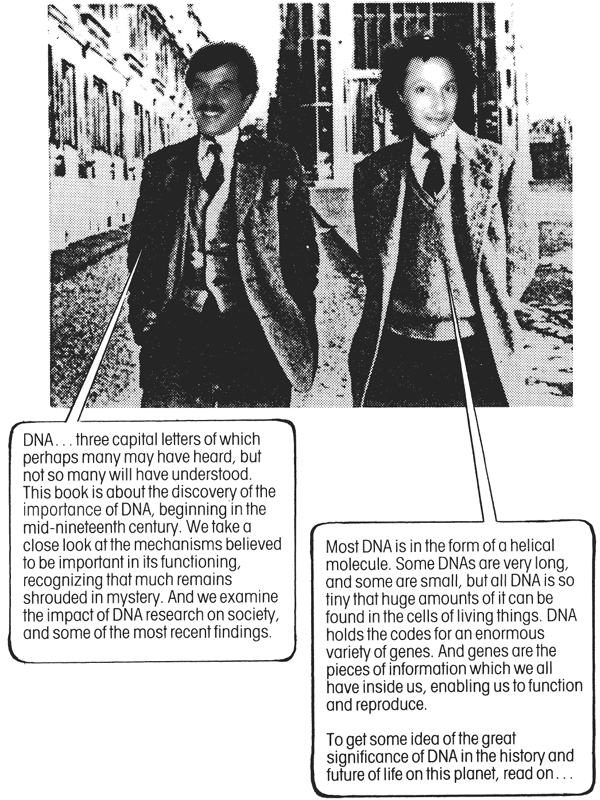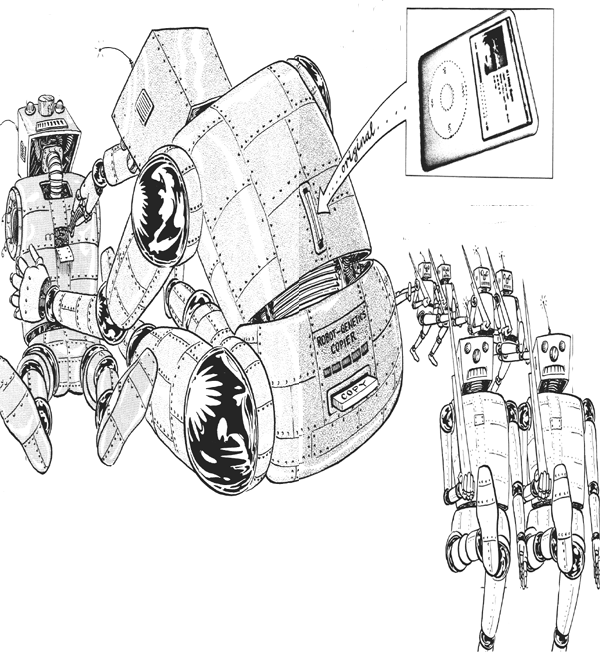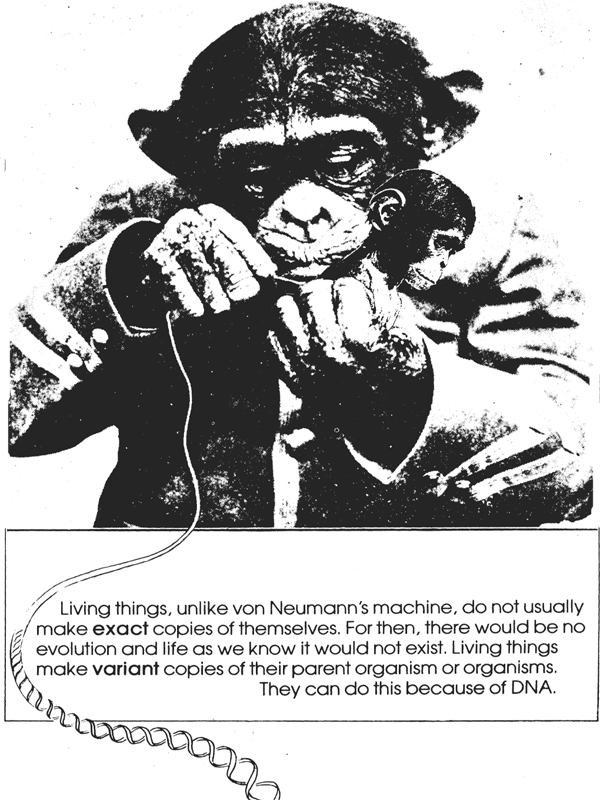A GRAPHIC GUIDE
to the
MOLECULE that
SHOOK the WORLD
A GRAPHIC GUIDE to the
MOLECULE that SHOOK the WORLD
Israel Rosenfield, Edward Ziff, & Borin Van Loon
COLUMBIA UNIVERSITY PRESS

NEW YORK
Columbia University Press
Publishers Since 1893
New York Chichester, West Sussex
cup.columbia.edu
Copyright 2011 Columbia University Press
All rights reserved
E-ISBN 978-0-231-51231-2
Library of Congress Cataloging-in-Publication Data
Rosenfield, Israel, 1939
DNA : a graphic guide to the molecule that shook the world / Israel Rosenfield,
Edward Ziff, and Borin Van Loon.
p. cm.
Includes bibliographical references.
ISBN 978-0-231-14270-0 (cloth : alk. paper)
ISBN 978-0-231-14271-7 (pbk. : alk. paper)
ISBN 978-0-231-51231-2 (e-book)
1. DNAPopular works. 2. Graphic novels. I. Ziff, Edward. II. Van Loon, Borin, 1951
III. Title.
QP624.R67 2011
572.86dc22
2010020889
A Columbia University Press E-book.
CUP would be pleased to hear about your reading experience with this e-book at .
Some of this material has appeared in a different form
in the New York Review of Books.
Image on p. ii: Ladder of Ascent / Art Resource.
IR: To Catherine
EZ: To Sue, Sara, and Ben
BVL: To Mandy, Simon, Jim, and Louisa
Contents
Imprinting and Micro RNAs:
Hidden Layers of Gene Regulation
The Twists and Turns of History:
The Problems with Gradualism
Watching Evolution in Action:
Changes in the Stickleback Fish
Israel Rosenfield, Edward Ziff, & Borin Van Loon
This book is about DNA, the molecule that has a broad impact on our daily lives, affecting virtually all our activities. The original version of this book, DNA for Beginners, appeared at a time when DNA was already considered a fascinating subject, but no one would have foreseen that more than twenty years later its impact would reach almost every nook and cranny of human activity. The subject itself has radically changed. Our aim is to acquaint readers with this change and point to the deep moral, political, legal, financial, and scientific implications that now come into play.
The unveiling of the human genome has given us a new understanding of where we come from, who we are, and what we might become. It has shed light on our health and states of mind and affected our political and social relations. It has changed the study and practice of medicine in terms of both diagnosis and treatment. The use (and abuse) of DNA in the courtroom has become common practice and has altered our notions of law. DNA has transformed our very understanding of what life is all about and has changed our view of evolution; we now have new insights into how our bodies are formed and a new understanding of our relation to other species.
It is our hope that this book combines humor, scientific depth, and philosophical and historical insights and that it will interest a wide range of readers, including those without any scientific or philosophical background, who seek to gain a sophisticated sense of the subject. The book can be read at several levels. Those not wanting to spend time with too many details can skim over or skip some of the more technical passages and can be easily carried along by the humorous illustrations, which often convey scientific and philosophical information. Some readers and students may want a deeper sense of the subject, and they may reread or spend more time on passages that delve into aspects of DNA that make it scientifically unique. It is important to realize that the humor and illustrations are as much a part of our conception of the book as the scientific text.
The idea for this revised version of the book came from Jim Jordan, the director of Columbia University Press. Its unusual format the cartoons and the need for technical accuracy required considerable assistance from the staff of the press, and we owe a special debt of gratitude to Milenda Lee for her gracious acceptance of our numerous revisions of both text and drawings. Our thanks to Patrick Fitzgerald for his editorial comments and to the two anonymous reviewers for carefully correcting and improving the text and drawings. We also thank Irene Pavitt for her fine proofreading of the book.
In December of 1949, almost four years before James Watson and Francis Crick published their model of DNA, launching the revolution in modern biology, the mathematician and designer of the computer, John von Neumann, gave a lecture explaining how a machine could reproduce. All it needs, he said, is a description of itself.
A machine with a magnetic core could not reproduce the magnetic core by making a mold. However, if it had a description reading, magnetic core: electric wire tightly wound around metal bar five hundred times, etc. and it had the necessary raw materials, it could easily follow the description and build the magnetic core.
The machines offspring could reproduce as well, if the machine made a copy of the description of itself and inserted that copy into every new machine. Given the necessary raw materials, the machines could go on making copies of themselves. As the necessary raw materials became scarce, much like their human designers, the machines would go to war.
The description in von Neumanns machine is analogous to the DNA found in living things. Like the description of the machine, DNA contains the coded description of the organism and is responsible for its capacity to reproduce.
DNA was discovered in 1869 by Frederick Miescher, who was then 25 years old.
Miescher was the son of a well-known physician in Basel. In 1869 he had gone to Tubingen to study the chemistry of white blood cells with the biochemist F. Hoppe-Seyler. He used pus obtained from postoperative bandages, as a source of the cells. When he added weak hydrochloric acid to the pus he obtained pure nuclei. If he added alkali and then acid to the nuclei a gray precipitate was formed. The precipitate was unlike any of the known organic substances. Since it came from the nucleus, Miescher called it

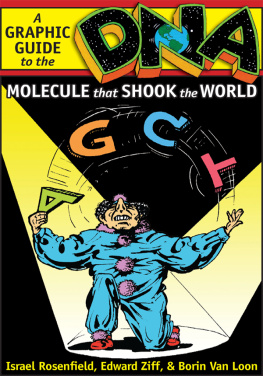
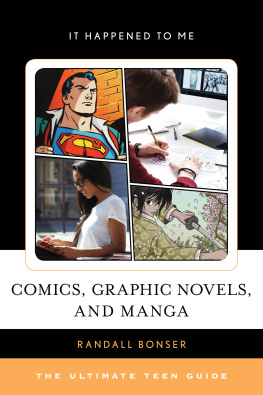

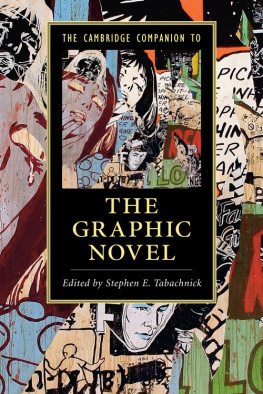
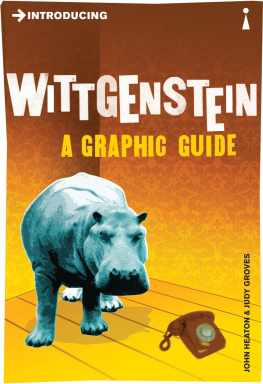
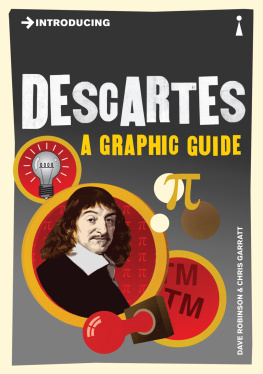

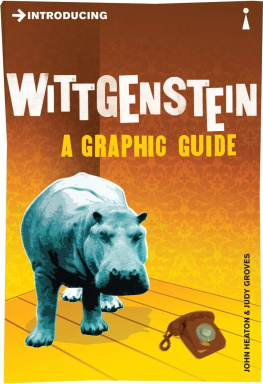
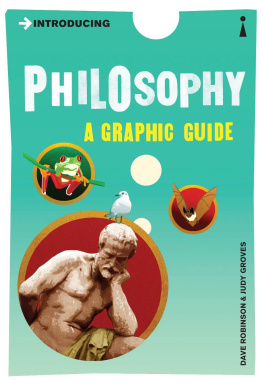
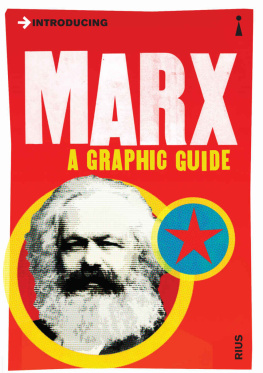
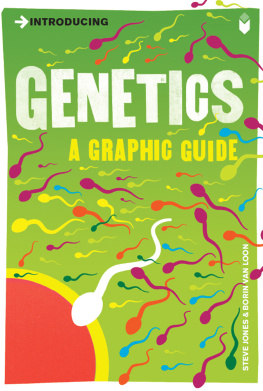
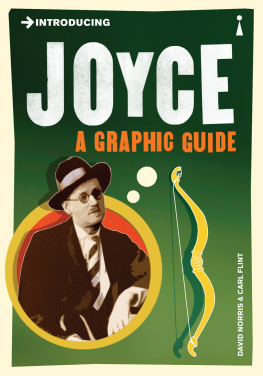


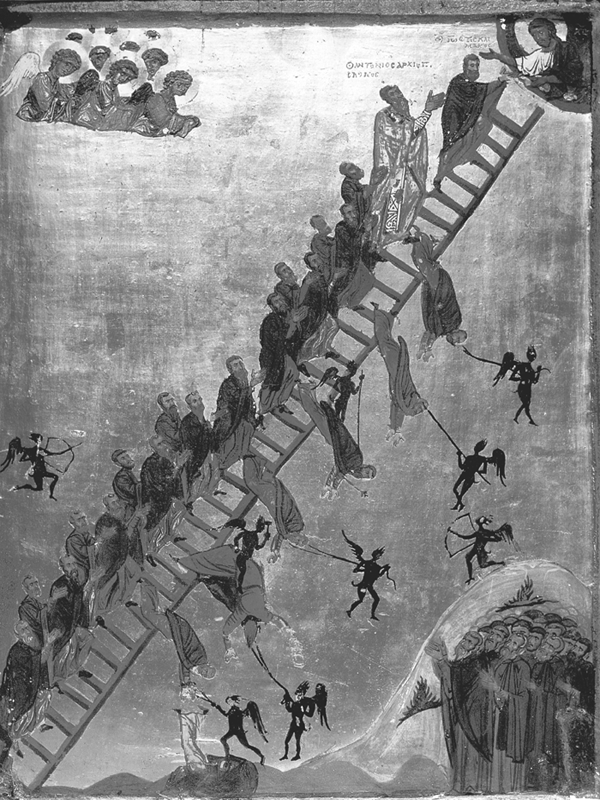

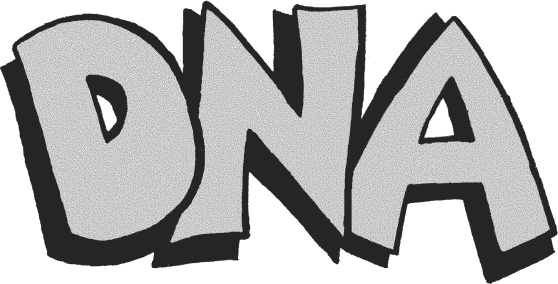
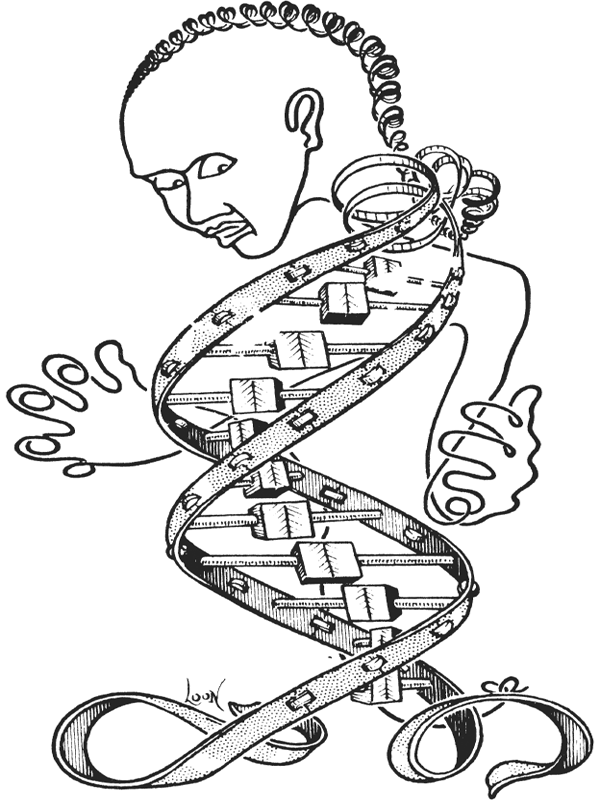
 NEW YORK
NEW YORK
